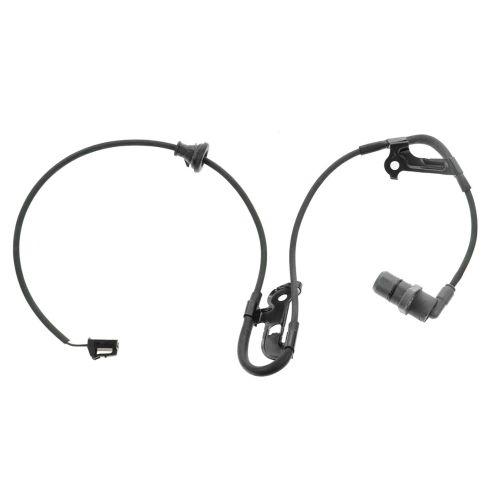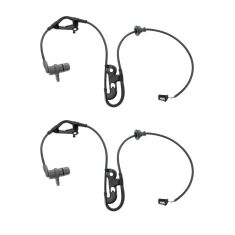1ATRS00281-Toyota Lexus Rear Driver Side ABS Wheel Speed Sensor TRQ BSA70440

Replaces
1997 Toyota Camry Rear Driver Side ABS Wheel Speed Sensor TRQ BSA70440

Product Reviews
Loading reviews
4.88/ 5.0
8
8 reviews
Great experience
July 17, 2017
I was curious about how difficult it woudl be to replace my speed sensor. I did a web search and found an extremely helpful video on the A1 Auto site. After watching the video, I looked up the part, and was also delighted to find a very competitive price. I order it immediately, and it arrived just a few days later. It went in exactly as the video suggested. Overall...very helpful, and a great experience.
Great Product
July 31, 2017
I've had these in for 3 weeks and no problems! I do recommend these!
Sensor fits, works great!
August 7, 2017
Thanks, 1A for great pricing and fast shipping! The ABS system is working again. Part fit just like OEM.
Abs sensora
April 22, 2019
Great fit! Damaged old ones while replacing struts . Went to local cartvlart and price was ridiculous waited about a week but my pockets are not complaining thanks 1a auto
ABS Speed Sensor
August 22, 2019
The part fit my car perfect. And it works without a problem.
Great quality and perfect fit!
January 18, 2020
I bought these replacement rear abs sensors for my daughters car. The replacement sensors from Napa were around $150 a piece. I was able to buy 2 sensors for less than the price of one. The product works excellent in the snow. ABS light went off as soon as I replaced the sensors and left the garage. No need to clear the code. I would recommend this product to others and will purchase parts from 1a auto again.
Toyota rear drivers side ABS speed sensor
March 24, 2021
Bought rear ABS speed sensors for both driver and passenger sides from 1A Auto. They installed easily and worked perfectly at a fraction of the cost of parts from Toyota.
Simple and quick!!
December 27, 2021
ABS light gone on my 98 Toyota Avalon!!!!
Customer Q&A
No questions have been asked about this item.
Toyota is a registered trademark of Toyota Motor Corporation. 1A Auto is not affiliated with or sponsored by Toyota or Toyota Motor Corporation.
See all trademarks.









